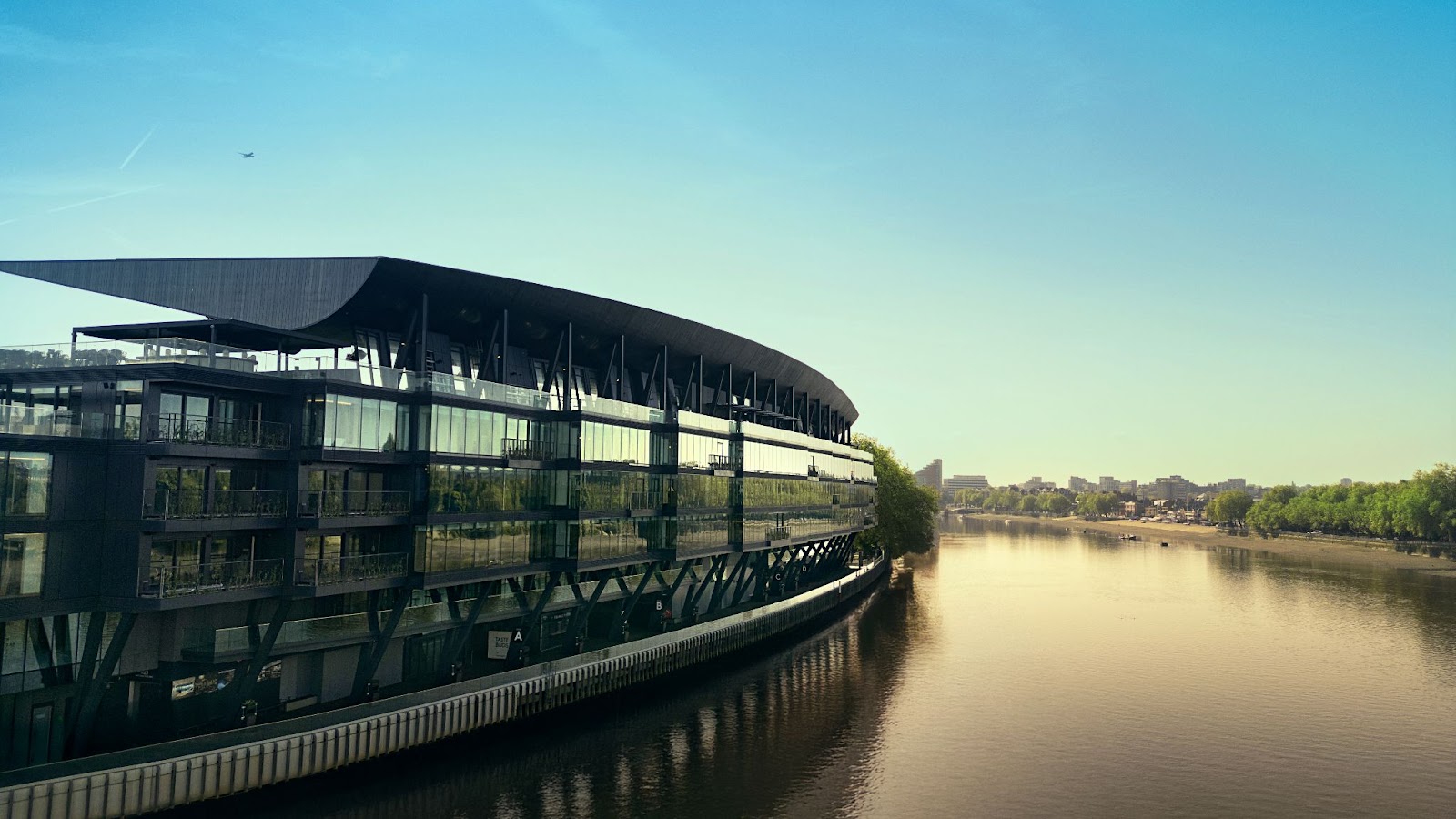Alice Brownfield’s work as an architect and campaigner has taught her how much can be achieved when people with very different expertise come together around a common goal.

At least 271,000 people are homeless in England, nearly half of whom are children, whilst an estimated 653,000 homes sit empty.
Not all empty homes look like these Pentonville Prison wardens’ flats. Owned by the Ministry of Justice, they’ve sat vacant for nearly 30 years, home only to buddleia and pigeons – in a borough with over 15,000 people on the social housing waiting list. It’s more common to find empty homes like this in areas of chronic under investment, where industries have declined and communities left unsupported. Central London’s ‘empties’ tend to be less obvious, more shiny – homes bought as investment vehicles or pension funds, left empty behind foyers and concierges.
For the last 10 years, I’ve been working at Peter Barber Architects helping deliver sustainable social housing and homelessness projects. However, when unimaginable numbers of people are on housing waiting lists and demonstrable inequity exists in our built environment, it often feels like we’re only scratching the surface.
Four years ago I became a trustee for the small but ambitious campaigning organisation Action on Empty Homes. AEH is leading the way in advocating for empty homes to be brought back into use for those in housing need. Supported by Architects’ Climate Action Network, AEH’s latest ‘Call to Action’ highlights the opportunity empty homes provide to kickstart a mass retrofit programme: testing supply chains, logistics and community-led action.
I didn’t know much about trustee roles before this but am grateful to the person who suggested I go for it and gave me the confidence to do so. I’ve learnt so much more about economics, housing production, community action and lobbying, and understood the powerful impact that’s possible when people with immensely different expertise come together with a common goal.
I am also Co-Director of Part W – an action group that campaigns for gender equity in the built environment, founded in 2018 by the brilliant architect and activist Zoë Berman. Homelessness is a gendered issue. Whilst the majority of people sleeping rough are male, 67% of those statutorily homeless (having no fixed addressed) are female, often fleeing domestic violence, having to move from place to place, often with young children, struggling with a lack of affordable housing and low-paid work. Part W is committed to challenging systems that disadvantage women and under representation in the industry. We call for gender mainstreaming in planning and design policy.
Taking action can be daunting, but it is essential. Collaborating with diverse, creative, supportive people gives me hope for a more equitable built environment. It’s vital we give voice to those who are excluded and that we’re all part of making this change.














